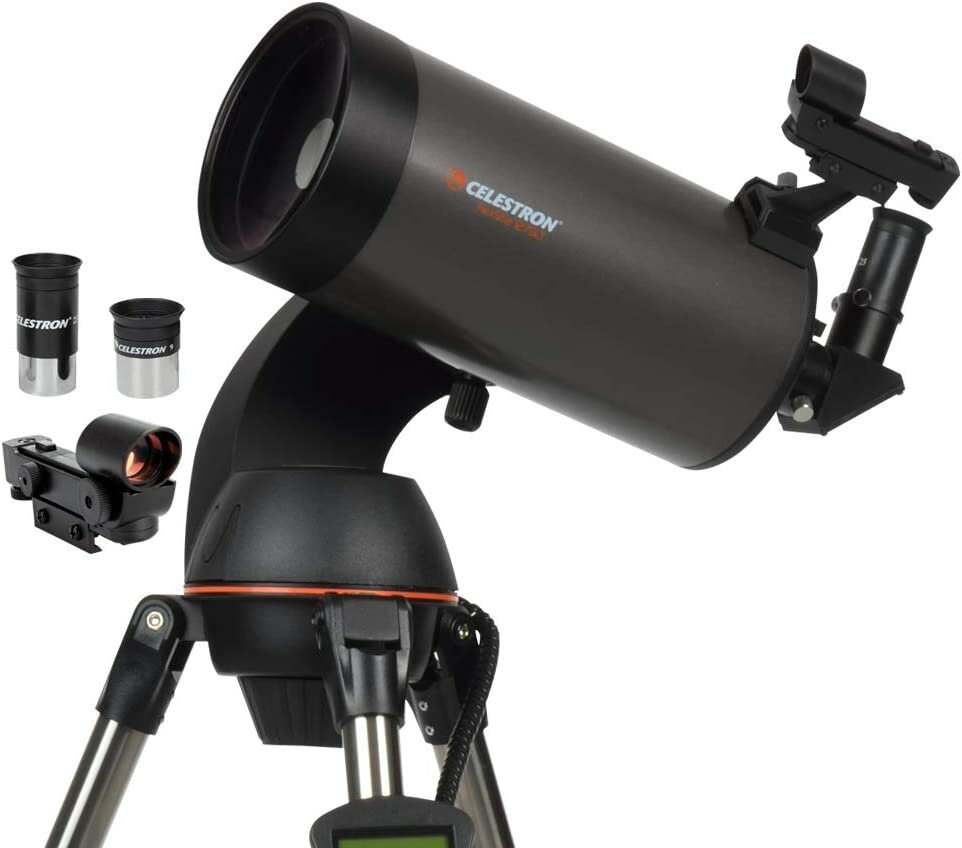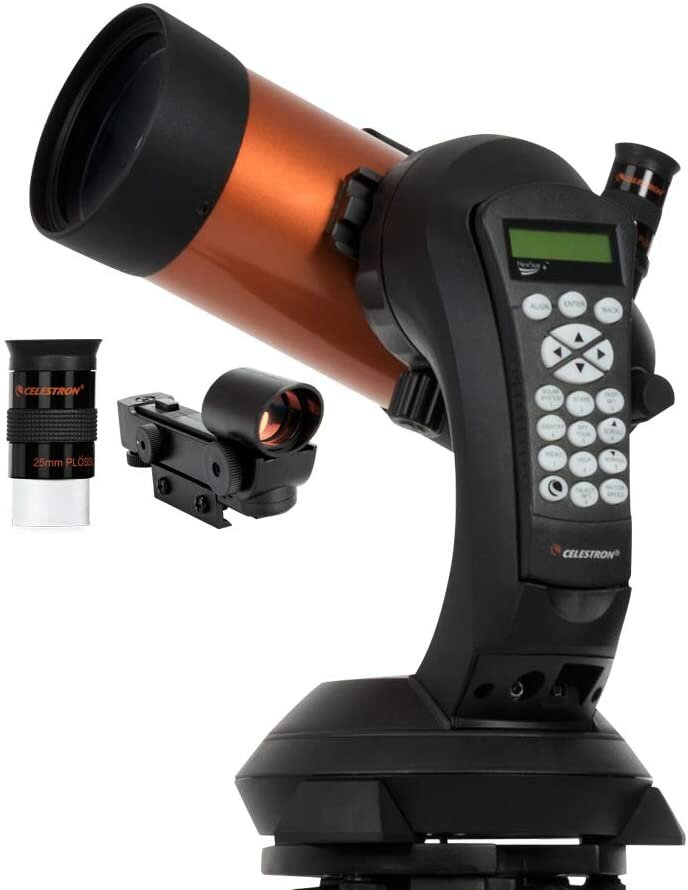Good telescope to see planets - It can be challenging to choose which telescope to buy because there are so many available for the experience you long for. Many aspiring amateur astronomers desire to use a good telescope to see planets. What to search for in a telescope to see planets and other far-off objects in the sky at night is covered in the following article. The Go-To telescopes are among the popular telescopes that we've reviewed (automated types).
A reflecting telescope featuring an aperture of 6 inches or more, or a 3-5 inch refractor, with high-quality optics and a smooth-moving rock-steady mount, is the ideal telescope for viewing planets.
The ideal telescope for observing planets should have sufficient power to allow for clear observations of Saturn's rings and Jupiter's transiting moons. You will also have a telescope for examining the moon's features in addition to one for viewing the planets.
Celestron - NexStar 127SLT


This computerized telescope is connected to a motorised alt-azimuth mount that rests on top of the tripod by a corded hand controller.
The benefit of an alt-azimuth motorized mount is that it can swiftly collect the sights for you automatically based on the object's altitude and azimuth, saving you time from searching for them or from having to physically align the telescope.
This 127 mm (5′′) Maksutov-Cassegrain (Mak) makes planetary gazing possible.
With this special scope, you should be able to clearly view the bands on Jupiter and the rings on Saturn. You should be able to plainly notice Mars's reddish color.
Maks have the benefit of not requiring collimation (aligning of the optical elements). They are reasonably transportable and robust.
With a focal ratio of 12, it's in the high-power category for observing objects in a narrower field, such as binary stars, planets, and minor moon features.
You may obtain a 250x magnification by adding an eyepiece that features a 6 mm focal length.
Included are a telescope, control keypad, tripod and two 9 and 25 mm Celestron eyepieces. It also comes with a Finderscope with StarPointer, star diagonal 1.25 and software for planetarium "The SkyX".
Car battery adapter
Get an adapter so you may use the cigarette lighter in your car to power this scope. One example is the Nexstar telescope-compatible Celestron automobile battery adaptor.
Pros:
- Has a large aperture and a high focal ratio
- Nothing collimated
- Relatively tough
Cons:
- Aberrations
- Maks should not be used for deep-sky objects
- Not ideal for astronomical photography
Celestron NexStar 6 SE


Another automated form is this telescope for viewing planets. It features a GoTo mount and a library of more than 40,000 objects in the night sky that it can automatically focus on.
Simply choose a celestial object from the built-in selection on the hand controller, and this telescope will point and move toward that object on its own. Given that it is a Schmidt-Cassegrain (SCT), color aberration shouldn't occur. The SCTs are also masters of all trades.
The telescope boasts a strong steel tripod.
You should be able to see dim objects up to magnitude 13.4 with this particular scope. With this telescope, you can also expect to see Jupiter, Mercury, Venus, Mars and Saturn with its rings.
There is only one 25 mm eyepiece included. Consider using a 2x or 3x Barlow and at least one additional eyepiece while studying planets.
The telescope comes with a sturdy steel tripod, finder scope with StarPointer, and SkyAlign, which enables quick and simple alignment on any three brilliant celestial objects; Almost forty thousand object database with extended data on over 200 objects and 200 user-definable objects.
Pros:
- An eyepiece of 60x magnification included
- Skyalign and automatic 2-star alignment perform effectively
- Compact
Cons:
- The 8 AA batteries used in the mount have a rather short lifespan
- The alt-azimuth mount is not ideal for taking pictures of the planets, but you might be able to do it if you use a very high ISO to capture Jupiter, Venus and a few other objects.
What time of day is ideal for viewing planets?
The outer planets are most visible when they are at their brightest. That will always be a month or 2 either side of the date of opposition, which occurs once per year (depending on how swiftly the Earth orbits the Sun) when a planet passes in front of the Sun. A planet is brightest, appears to be the largest, and is visible throughout the entire night when it is totally lighted by the Sun.
Final Thoughts
With the naked eye, one may observe the brightest and closest planets to the Earth. As celestial bodies, you can see Venus, Mars, Mercury, Jupiter, and Saturn in the night sky, in that order of separation from the Sun. However, viewing the planets via a telescope adds a whole new level of delight, and finding the correct telescope will provide you with hours of fun.